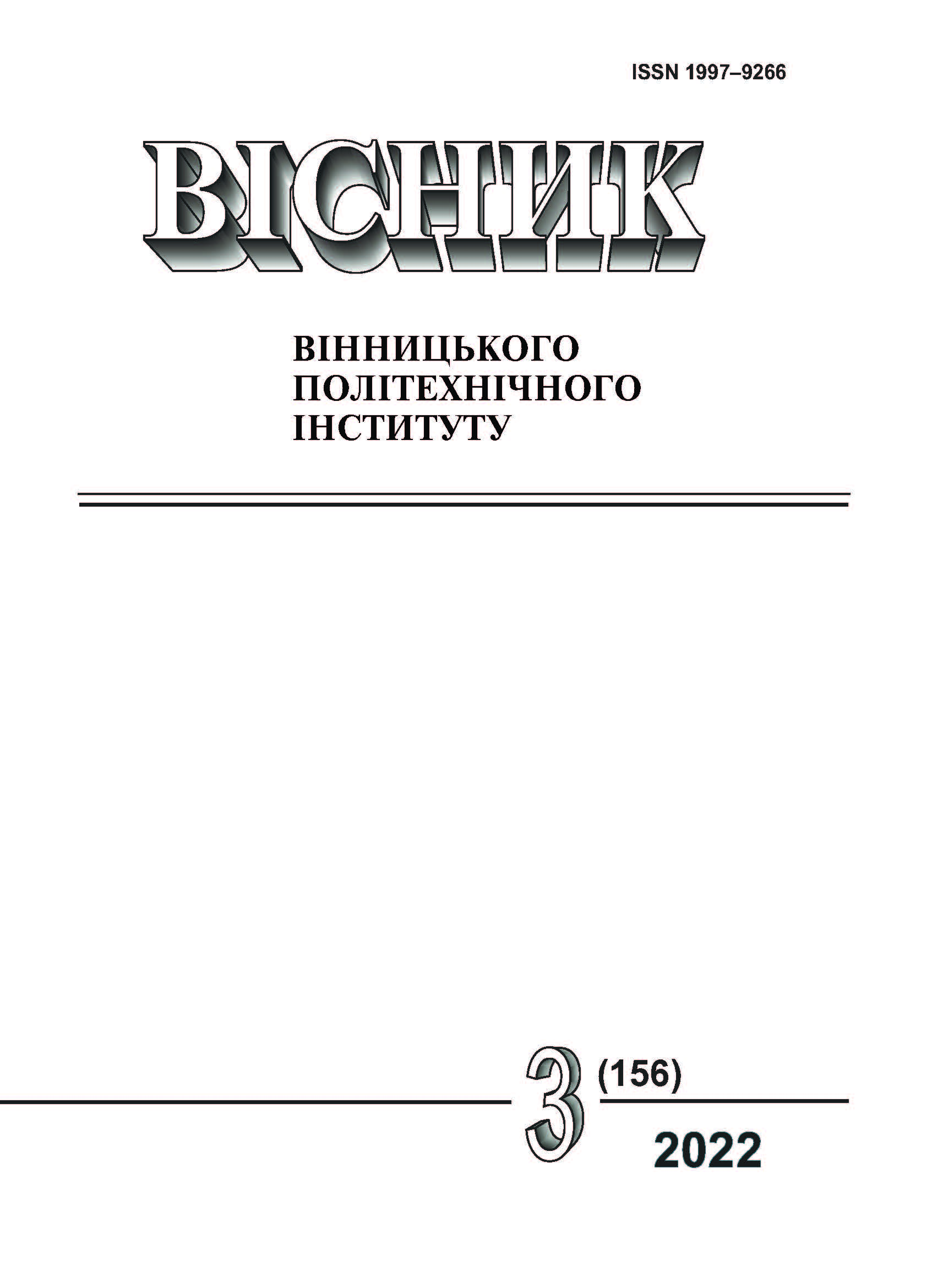Extending the Service Life of Hydraulic Units of Construction and Track Machines by Applying Liquid Crystal Additives
DOI:
https://doi.org/10.31649/1997-9266-2022-162-3-77-81Keywords:
hydraulic unit, piston, casing, oil, liquid crystal additive, service life, wear rateAbstract
The article describes the influence of tribological characteristics of phenanthrene liquid crystalline substance (as an additive to hydraulic oils) on the service life of hydraulic units of technological machines (e. g. construction and track machines). It demonstrates that the additive creates cholesteric lubricating films on the friction surfaces. The films have a high bearing capacity and low friction in their layers, which significantly improves the lubricity of hydraulic oil. Preliminary tests on a four-ball friction machine demonstrated the effectiveness of this liquid crystal additive, and the improvement of anti-wear and anti-seizure characteristics of oils. The additive was studied in the environment of industrial oil И-30А GOST 20799, which does not contain factory functional additives, and in hydraulic oils Mobil Hydraulic 10w and John Deere Hy-Gard, which contain them. The article investigates the influence of liquid crystal additive on the wear rate and service life of some critical parts of hydraulic units of construction and track machines. The efficiency of these machines depends entirely on the reliability of their hydraulic drive, and axial-piston hydraulic units are its important part. Friction pairs wear out the fastest. Therefore, in the course of the research, we simulated the work of a “piston-casing” pair in the СМЦ-2 friction machine using a roller made of steel (38ХМЮА GOST 4543-71) and a bronze block (БрАЖ9-4 GOST 18175-78). To prevent influence of contaminants and temperature factors on the results of the experiment we used a circulating system with a thermostat. Initially, theoretical studies were conducted, which showed the possibility of increasing the life of the piston pair. In the experimental part of the research, the concentration effect on the wear indicators of the model friction pair was studied. For this purpose the liquid crystal additive was dissolved in industrial oil (И-30А GOST 20799) in different concentrations. The obtained liquid substance was used to lubricate the samples in the friction machine. Laboratory studies showed that normal concentration of the additive resulted in an almost twofold extension of service life of the parts. In the final part of the study, we compared theoretical and experimental data.
References
Е. Е. Александров, И. А. Кравец, и E. H. Лысиков, Повышение ресурса технических систем путём использования электрических и магнитных полей. Харьков, Украина: НТУ «ХПИ», 2006.
В. К. Руднев, Е. Н. Лысиков, и Е. С. Венцель, Повышение эксплуатационной надежности гидроприводов строительных и дорожных машин. Киев, Украина: УМК ВО, 1989.
Е. Н. Лысиков, В. Б. Косолапов, и С. В. Воронин, Надмолекулярные структуры жидких смазочных сред и их влияние на износ технических систем. Харьков, Украина: ЭДЭНА, 2009.
С. Ф. Ермаков, Трибология жидкокристаллических наноматериалов и систем. Минск, Беларусь: Беларус. навука, 2012.
Б. И. Купчинов, и др., «Исследование влияния жидких кристаллов на трение твердых тел,» Трение и износ, № 4 (8), с. 614-619, 1987.
С. В. Воронин, В. А. Стефанов, Д. В. Онопрейчук, И. Ю. Сафонюк, и Н. Н. Аношкина, «Влияние концентрации и типа жидкокристаллической присадки на трибологические характеристики индустриальных масел,» Трение и знос, № 4 (41), с. 498-505, 2020. https:/doi.org/10.32864/0202-4977-2020-41-4-498-505 .
С. В. Воронін, І. Ю. Сафонюк, Н. М. Аношкіна, і О. С. Харківський, «Дослідження впливу концентрації рідкокристалічної присадки та електричного поля на фізико-хімічні властивості індустріальної оливи», Вісник національного авіаційного університету, № 2 (83), с. 70-76, 2020. https:/doi.org/10.18372/2306-1472.83.14654 .
Н. М. Аношкіна, і О. С. Харківський, «Трибологічні властивості гідравлічних та моторних олив з урахуванням стану рідкокристалічних присадок,» на VIII Міжн. наук.-техн. конф. Science, innovations and education: problems and prospects, Токіо, Японія, 2022, с. 60-65.
Б. М. Бим-Бад, М. Г. Кабаков, В. Н. Прокофьев, и С. П. Стесин, Атлас конструкций гидромашин и гидропередач. Москва: Машиностроение, 1990.
Г. Хайнике, Трибохимия. Москва: Мир 1987.
Т. М. Башта, Объёмные насосы и гидравлические двигатели гидросистем. Москва: Машиностроение, 1974.
С. В. Воронин, и А. В. Дунаев, «Влияние электрического и магнитного поля на механизм действия присадок к маслам,» Трение и знос, № 1 (36), с. 41-49, 2015.
О. А. Осипов, В. И. Минкин, и А. Д. Гарновский, Справочник по дипольным моментам. Москва: Высшая школа, 1971.
Downloads
-
PDF (Українська)
Downloads: 138
Published
How to Cite
Issue
Section
License

This work is licensed under a Creative Commons Attribution 4.0 International License.
Authors who publish with this journal agree to the following terms:
- Authors retain copyright and grant the journal right of first publication.
- Authors are able to enter into separate, additional contractual arrangements for the non-exclusive distribution of the journal's published version of the work (e.g., post it to an institutional repository or publish it in a book), with an acknowledgment of its initial publication in this journal.
- Authors are permitted and encouraged to post their work online (e.g., in institutional repositories or on their website) prior to and during the submission process, as it can lead to productive exchanges, as well as earlier and greater citation of published work (See The Effect of Open Access).





